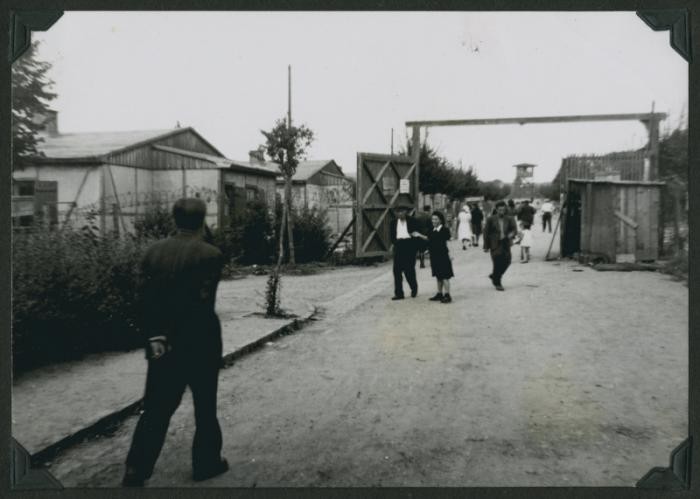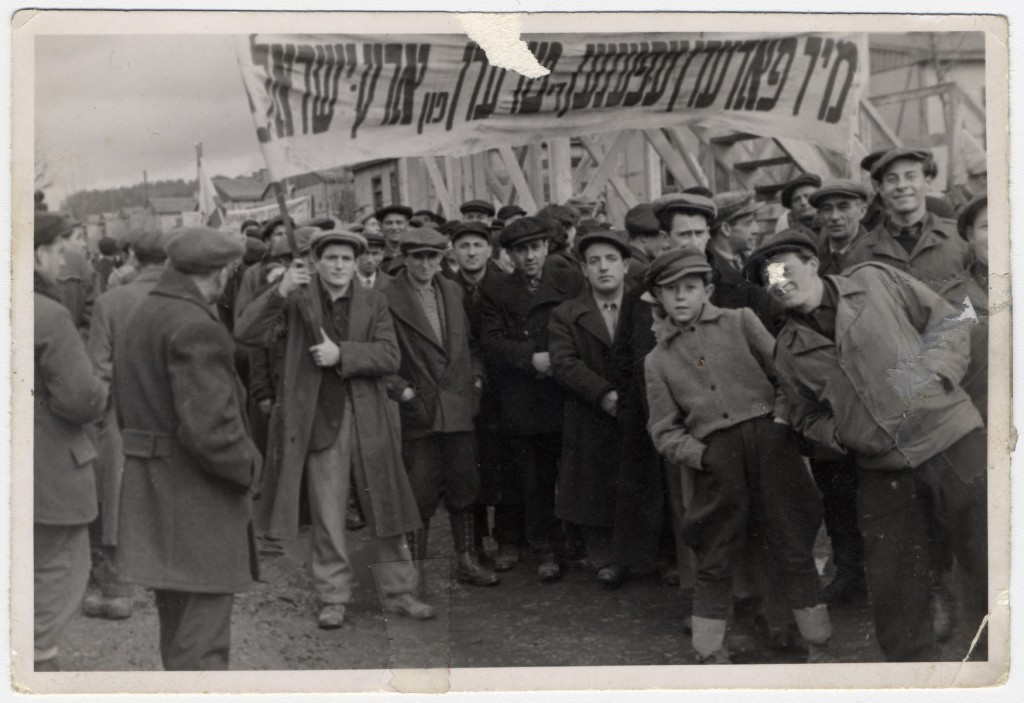
Ziegenhain Displaced Persons Camp
For the Jews who survived the Holocaust, the end of World War II brought new challenges. Many could not or would not return to their former homelands, and options for legal immigration were limited. In spite of these difficulties, these Jewish survivors sought to rebuild their shattered lives by creating flourishing communities in displaced persons camps in Germany, Austria, and Italy. In an unparalleled six-year period between 1945 and 1951, European Jewish life was reborn in camps such as Ziegenhain.
Ziegenhain was a displaced persons (DP) camp in the Frankfurt district of the American-occupied zone. During the war, Ziegenhain had been a prisoner of war camp. Beginning in June 1947, it housed a TB sanatorium.
Like many other camps, Ziegenhain had a Talmud Torah (religious elementary school), a synagogue, a mikvah (Jewish ritual bath), a synagogue, and a kosher kitchen.

The Jewish population of Ziegenhain averaged 2,020 individuals per year for 1946 and 1947. Many DPs there saw Ziegenhain as a “way station” on their way to Palestine and held demonstrations demanding free immigration to their hoped for destination.
The camp closed in November 1947.
Critical Thinking Questions
- What challenges did survivors face in the DP camps?
- What challenges did the Allies face in establishing and supervising DP camps?
- What responsibilities do (or should) other nations have regarding refugees from war and genocide?

